“Don’t sweat the small stuff,” but do pay attention to it. In this time of pandemic, when even our commonest gestures must be made with care, my focus has been put into sharp detail on the treasure to be found in the smallest package. I begin with my grandson, turning seven months as I write this article. No longer the 6lb gift package he was on his arrival, one month early, on Christmas Day, he grabbed our hearts and minds with his teeny fists. And turned his father, my son, into a gardener. And that, my friends, is another miracle: the child who would not is now that man who will do things horticultural at my direction. Mirabilis dictu!
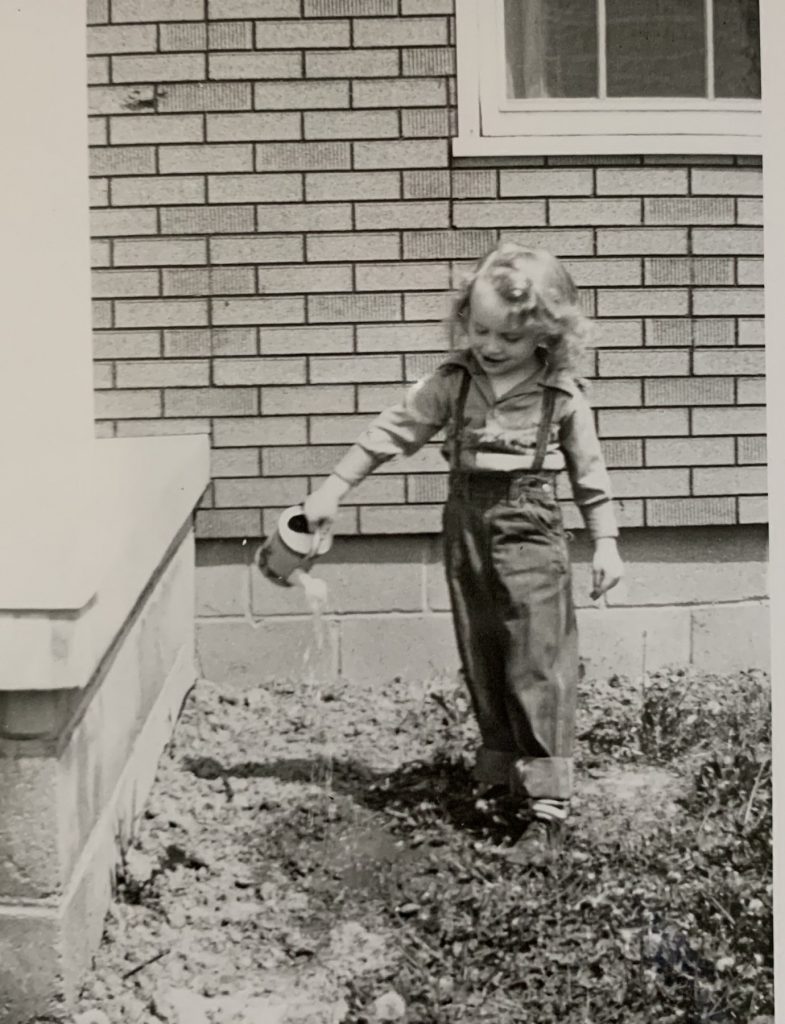
From there it’s just a small neuro-leap to my beginnings as a gardener, age 4, in Illinois, the prairie state, where my mother – daughter of an Irish farmer – helped me fashion my first garden. I always credit her and my grandfather for my green-thumbness. He had roses and arum lilies growing thick and heavy around the farmhouse door in Kilkenny, and an apple orchard where the pigs feasted on windfalls and my mother hid in a tree from her baker’s-dozen of siblings, finding there a moment of peace in a hectic world devastated by the Spanish flu. But I digress.
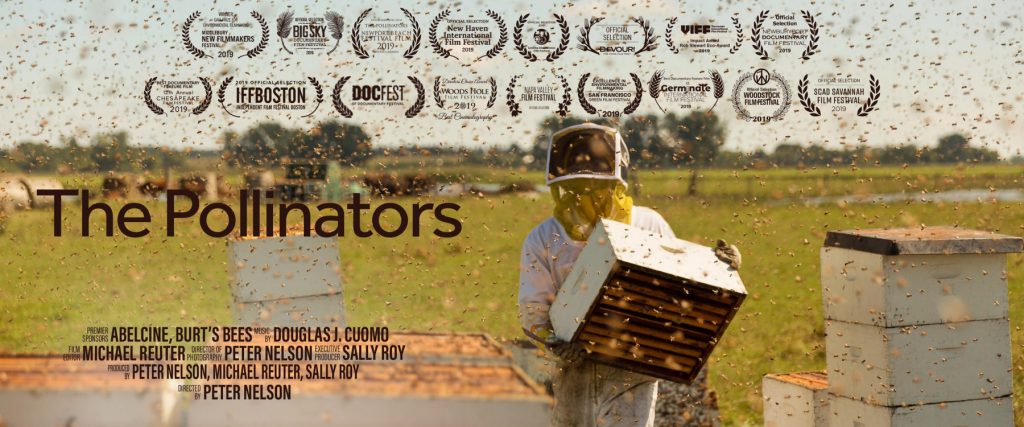
In my June article, I introduced new designs for beehives as garden features that would help to promote the health and well being of these massively important little creatures. A new film, “The Pollinators” drives home a similar message that, as New York Times reviewer, Tom Bugbee (what a perfect name) writes, “Identical rows of soil-depleting corn and soybeans can’t compare to untamed (and bee-friendly) fields of wildflowers and rye.
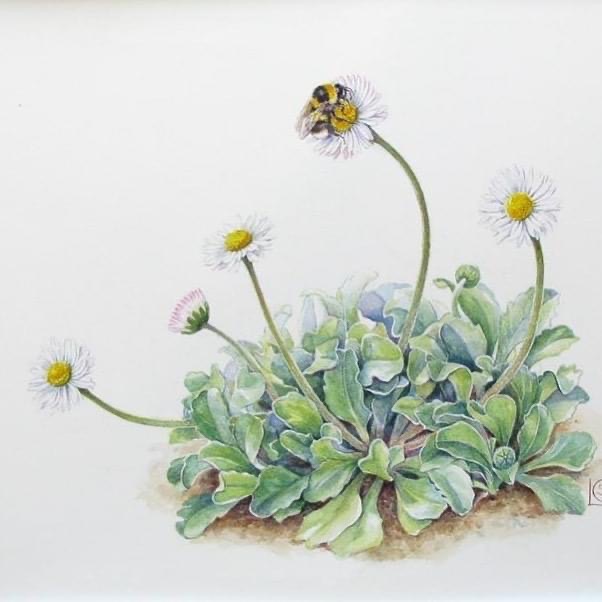
The well-manicured lawn is another monocrop that has an equally devasting effect on beneficial faunas and the environment, taking an estimated 90 gallons of water per square foot (!) and chemical treatments that border on religious observation to keep green and pest and weed free. Not only is much of the water lost to evaporation and the soil poisoned, the “weeds” offer the fodder that bees and their kin depend upon for pollen and nectar.
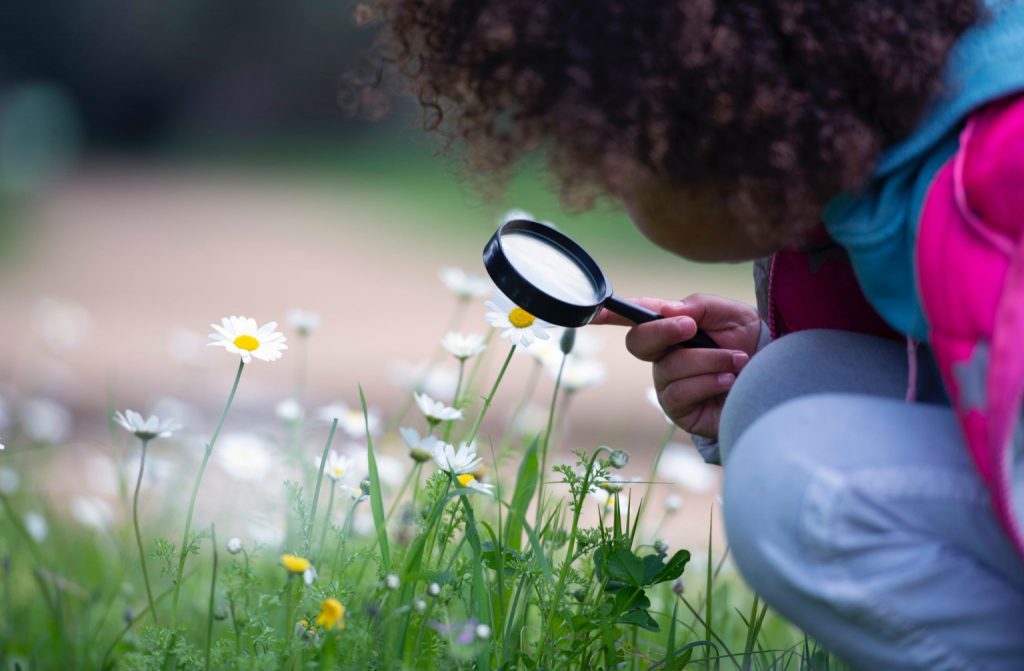
Now, my beloved son is fanatic about his lawn (growing up in England, playing cricket probably contributed to that mindset), but that passion in waning with me as his tutor in the horticultural arts. I’m now the one to explain how the lawn will provide not only a playground for Junior Clarke, but an outdoor classroom. The place where clover and dandelions are encouraged and, allowed to flower, attract bees, butterflies, hummingbirds providing fleeting teachable moments about the great cycle of life. Live and learn–and marvel.
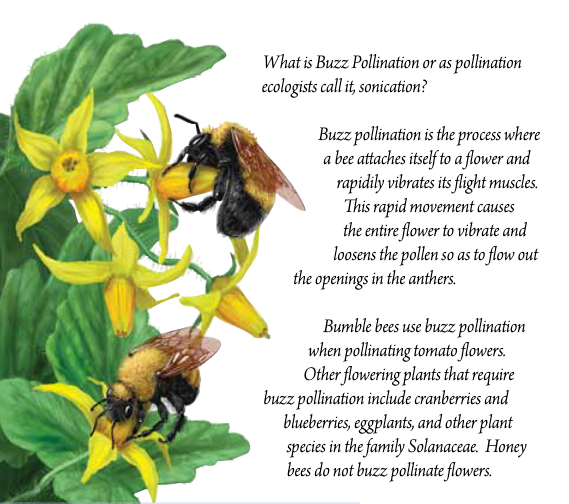
©Text and photographs Ethne Clarke 2020, unless otherwise noted.
For more information on the topics discussed in this article, visit these websites:
To read Tom Bugbee’s June 16th review of the film in the New York Times
https://www.nytimes.com/2020/06/16/movies/the-pollinators-review.html?referringSource=articleShare
Based in Kildare, Ireland, internationally acclaimed botanical artist Shevaun Doherty shares her skills and talent via online classes and workshops conducted in Ireland and Spain and other places around the world. Learn more about her work at
Shevaun is passionate about conservation and protecting bees and devotes her creative talent to promoting biodiversity. She contributed and continues to support Biodiversity Ireland, and their plan — which can be adapted to suit regional needs can be downloaded at
Similarly, the USDA Forestry Service offers their “Bee Basics” as a free download at
https://efotg.sc.egov.usda.gov/references/public/SC/Bee_Basics_North_American_Bee_ID.pdf










